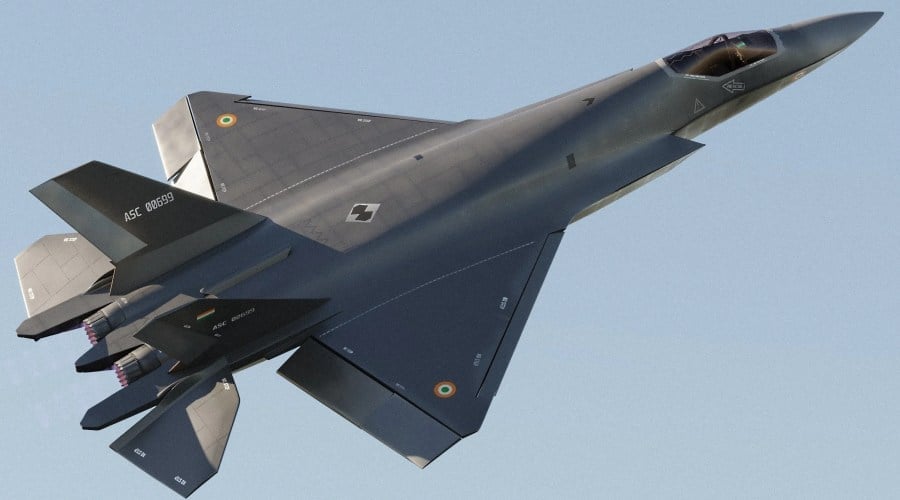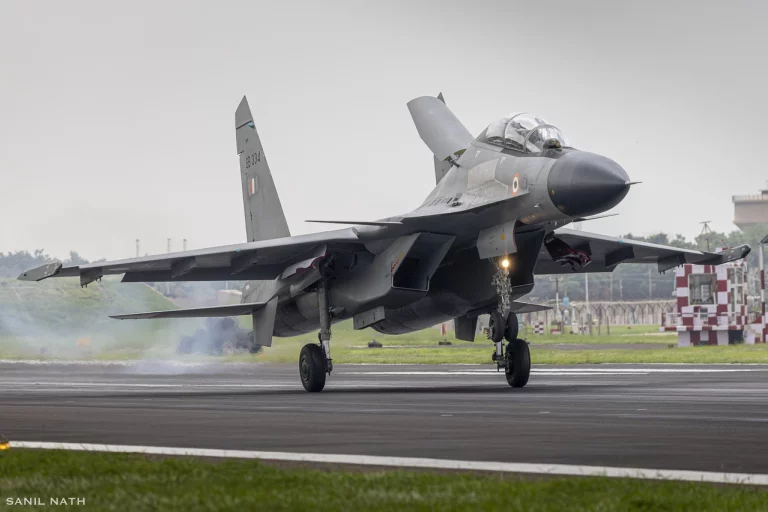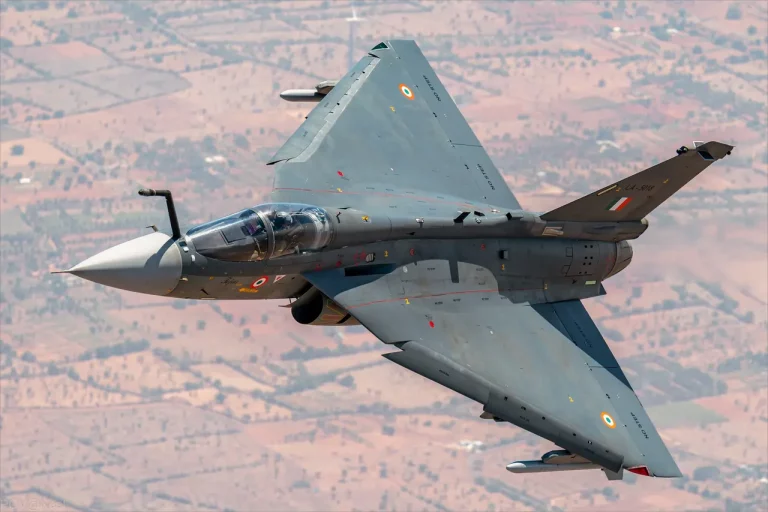Hindustan Aeronautics Limited (HAL) has announced that 24 indigenous companies have expressed interest in forming a consortium to produce the Advanced Medium Combat Aircraft (AMCA), India’s first 5.5-generation stealth fighter. This development comes as the Defence Research and Development Organisation (DRDO) is set to issue an Expression of Interest (EoI) for selecting a lead production partner for this pivotal project.
The Aeronautical Development Agency (ADA), which has been at the forefront of the AMCA design since its inception in 2010, is expected to release the EoI in the near future. This initiative aligns with India’s broader goal of achieving defence self-reliance under the ‘Atmanirbhar Bharat’ campaign, following the formal project approval by Defence Minister Rajnath Singh.
The AMCA initiative is anticipated to become an essential component of the Indian Air Force’s future air combat strategy. The first prototype is projected to be ready between 2026 and 2027, with plans for full-scale production and induction in the early 2030s. The aircraft will be designed with cutting-edge features, including a low radar cross-section, supercruise capability, internal weapons bays suited for stealth missions, and provisions for directed energy weapons.
Historically, HAL has led military aircraft production in India, including notable projects like the LCA Tejas and HTT-40 trainer. The consortium model proposed for the AMCA symbolizes a shift toward collaborative production, where HAL will spearhead the consortium while private firms will receive equity shares proportional to their financial and technical inputs. Key players in this consortium may include well-established aerospace and defence companies such as Tata Advanced Systems Ltd (TASL), Larsen & Toubro (L&T), and Bharat Forge, which are already integrated into global aerospace supply networks.
The increase in private sector engagement follows HAL’s proposal in March to form a joint venture, with HAL holding a 50% stake and four private firms sharing 12.5% each. This rising interest from private companies indicates growing confidence in India’s evolving aerospace ecosystem and the capabilities of domestic suppliers, especially as the nation aims to lessen its reliance on foreign imports due to escalating geopolitical tensions.
To facilitate the AMCA project, the ADA will oversee the construction of five prototypes to validate design and performance prior to the commencement of full-scale manufacturing. The Empowered Committee for Capability Enhancement of the Indian Air Force has highlighted the urgent need for accelerated production due to historical shortages in fighter squadrons.
The evolving public-private collaboration model embraced by HAL is already showing promise in other initiatives. For instance, in the LCA Tejas Mk-1A program, private companies such as Vem Technologies and Alpha Tocol are actively engaged in fuselage production, setting a benchmark for future involvement in complex defence projects.
Industry experts view the AMCA consortium as potentially transformative for India’s aerospace industry. If executed successfully, it could redefine HAL’s role from a primary manufacturer to that of a systems integrator and supplier for a diverse defence manufacturing landscape.
Despite the positive momentum, several challenges could hinder progress. A significant obstacle is the need for an indigenous high-thrust engine capable of powering the stealth fighter. Additionally, stringent adherence to production timelines will be crucial to ensure timely deployment and meet the strategic needs of the Indian Air Force and Navy.
The AMCA undertaking not only aims to fortify India’s airpower but also holds the potential to open up international market opportunities for Indian defence firms. With a robust foundation now being established, this initiative marks a significant leap toward positioning India as a key contender in the realm of next-generation fighter aircraft production.















